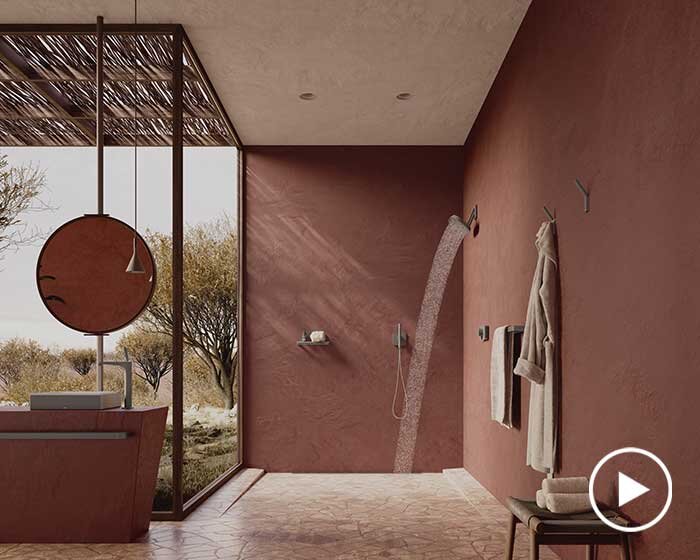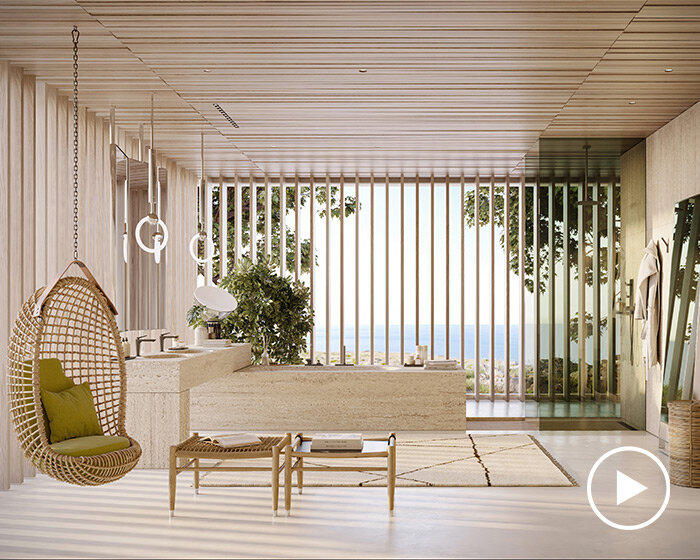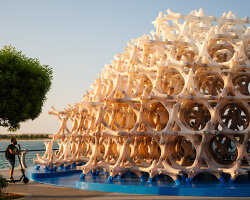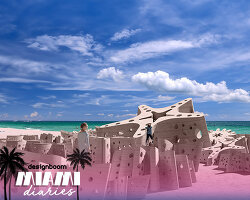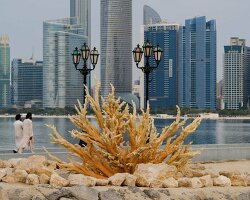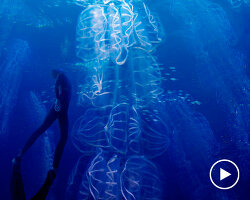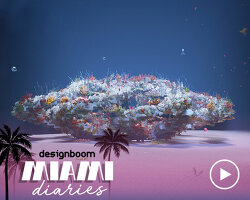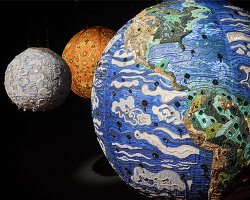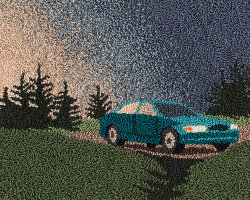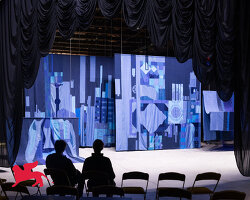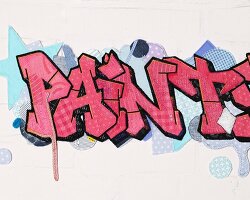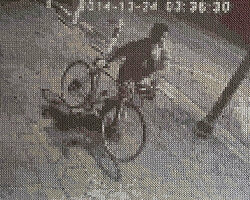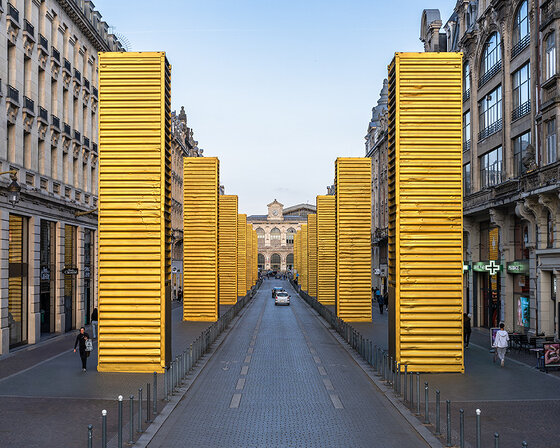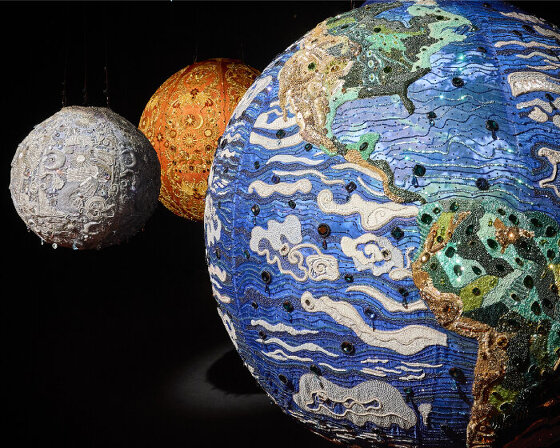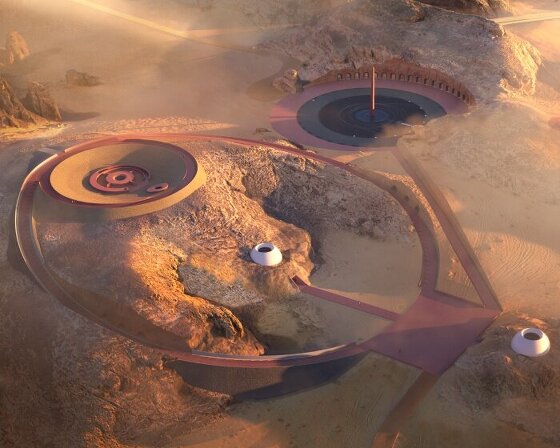the exhibition ‘baroque architecture in silver and coral’ at the MUDIPA — the diocesan museum in palermo — unfolds across 11 rooms. on view is a succession of 27 extraordinary baroque architectural frontals in silver, silk, coral and gold yarn, made between 1650 and 1772 in the artistic workshops of sicily by highly skilled craftsmen from trapani and messina. the exhibition has been conceived, directed and coordinated by rosalba panvini and salvatore rizzo, and is on show until october 10, 2020.
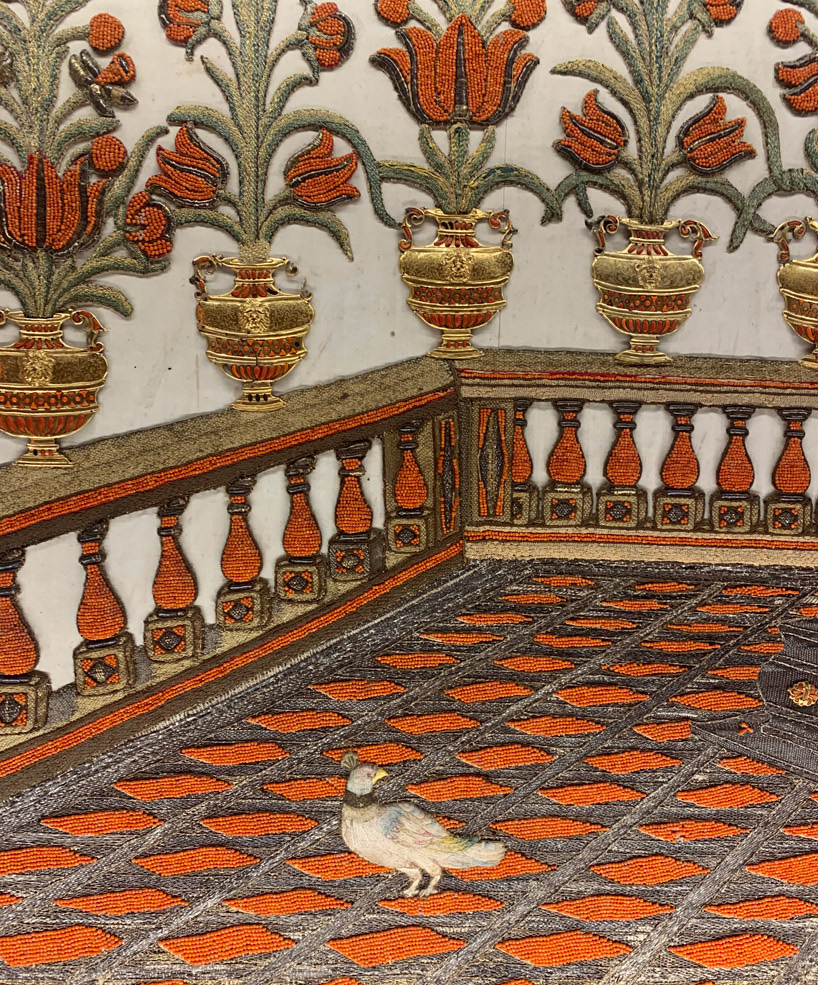
detail paliotto mobile / movable frontal, first half of the 17th century, sant’ignazio all’olivella, palermo
all images © designboom
MUDIPA, the diocesan museum in palermo just reopened and designboom was able to visit this wonderful exhibition in palermo. the imaginary spaces of altar frontals with reckless perspectives that m.c. escher would have liked to conceive, now extracted from their functions, are hanging on walls as ‘views’ in a delirium of dreams. between intersecting labyrinths, our senses are enhanced.
at a time, when in the shade of baroque altars, nuns were weaving ‘paliotti’, the everyday life flowed in silence. women who entered in a cloistered monastery never left it. they chose a world of ‘disappearing’ in contrasts with ‘appearing’. the secret arts of the weavers, in patient works of meticulous and assiduous craftsmanship, intercept a dimension of ecstasy in beauty, which transfers devotion into perfect forms.
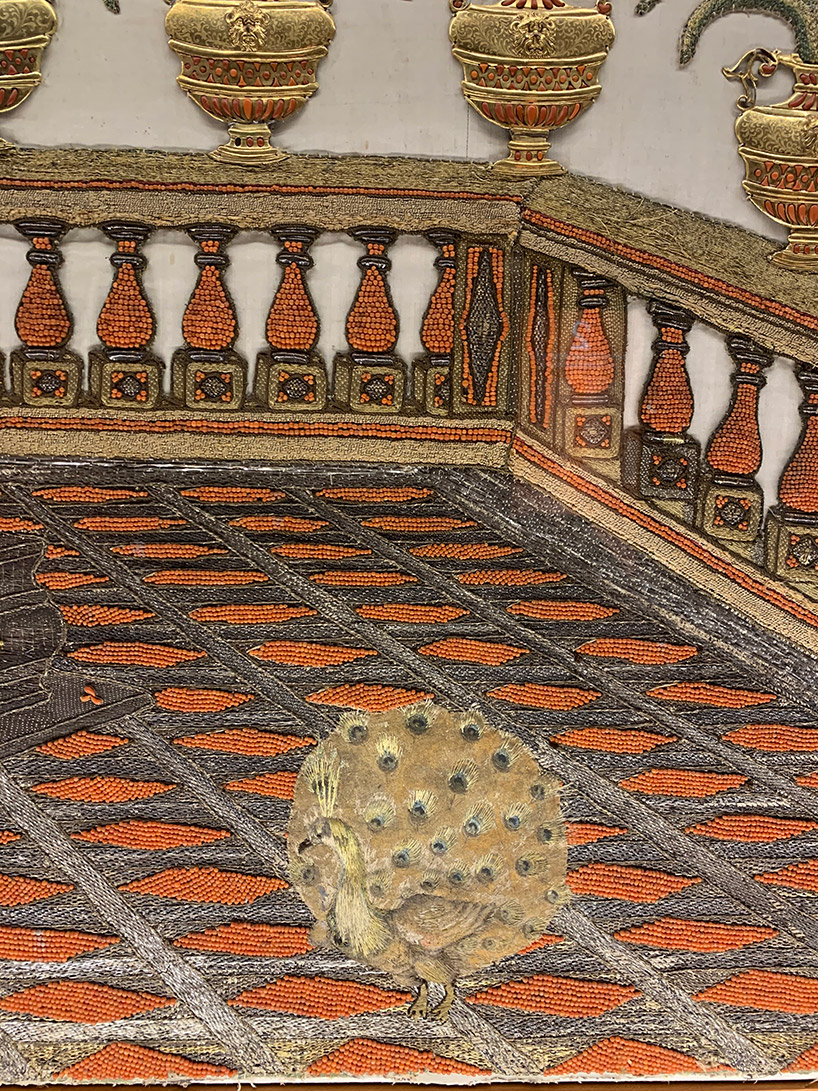
detail paliotto mobile / movable frontal, first half of the 17th century, sant’ignazio all’olivella, palermo
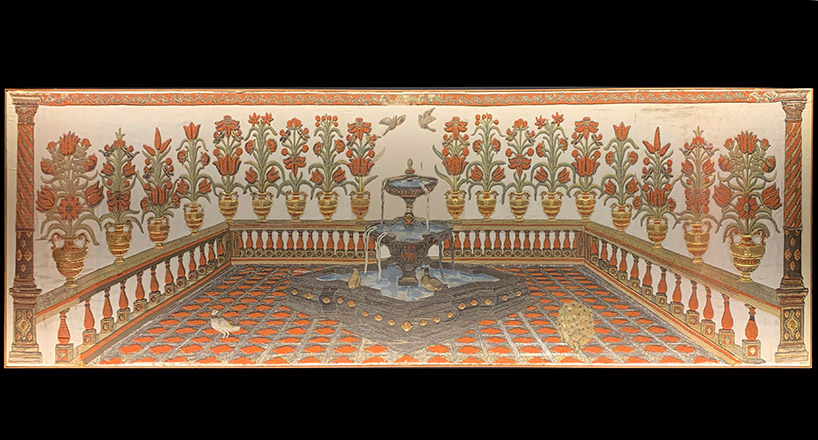
paliotto mobile / movable frontal, first half of the 17th century, sant’ignazio all’olivella, palermo
the paliotti
‘palio’ (‘pallio’ or ‘pallium’) is a roman term meaning a cloth of precious fabric (drape). ‘paliotti’ were made to be installed in front of an altar. their main function was communicating the divine magnificence to the faithful. these frontals, in the long history of sacred furnishings, find multiple interpretative versions of artistic techniques, materials and decorative solutions, and are distinguished by their precision, the compositional schemes and the materials used.
in the middle ages, similar drapes were called ‘antependium’ — hangings or screens in front of the altar, or the ornament of an unadorned block of stone. the first christians were persecuted in roman times and it was necessary to compete with the pagan sarcophagi. this was the original purpose of the ornament on the front of the altar.
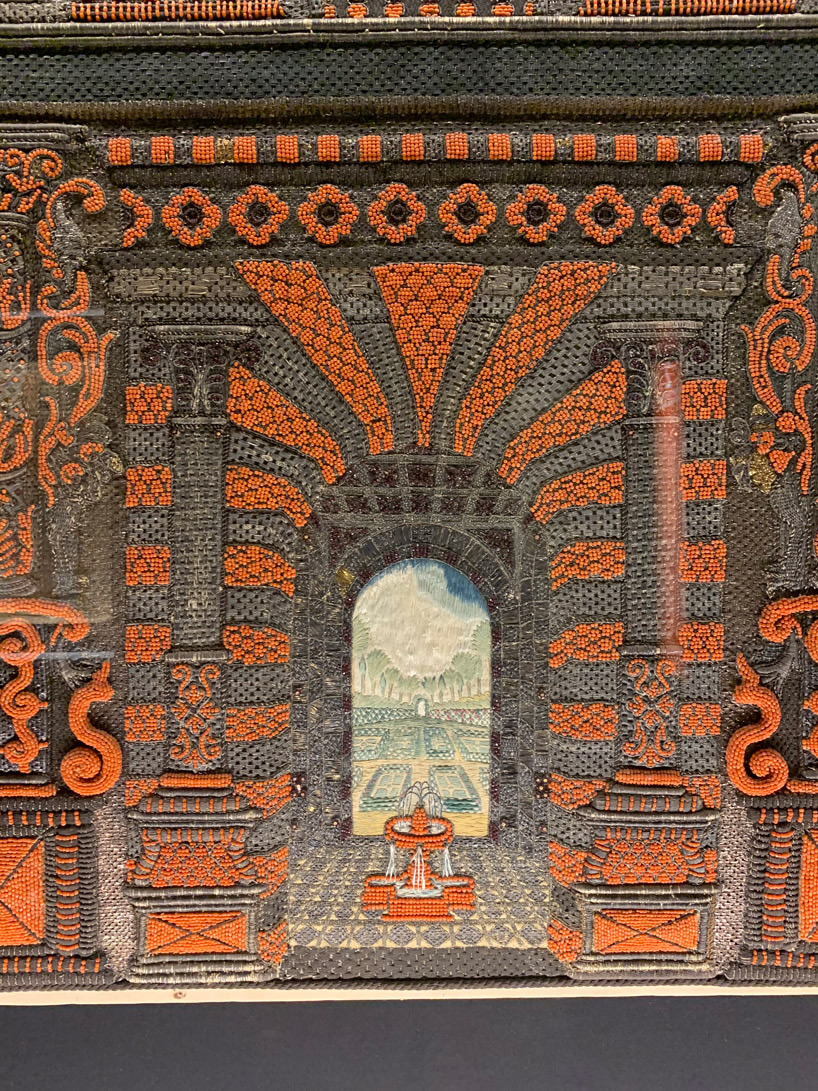
detail of movable frontal by craftsmen from messina, 1653
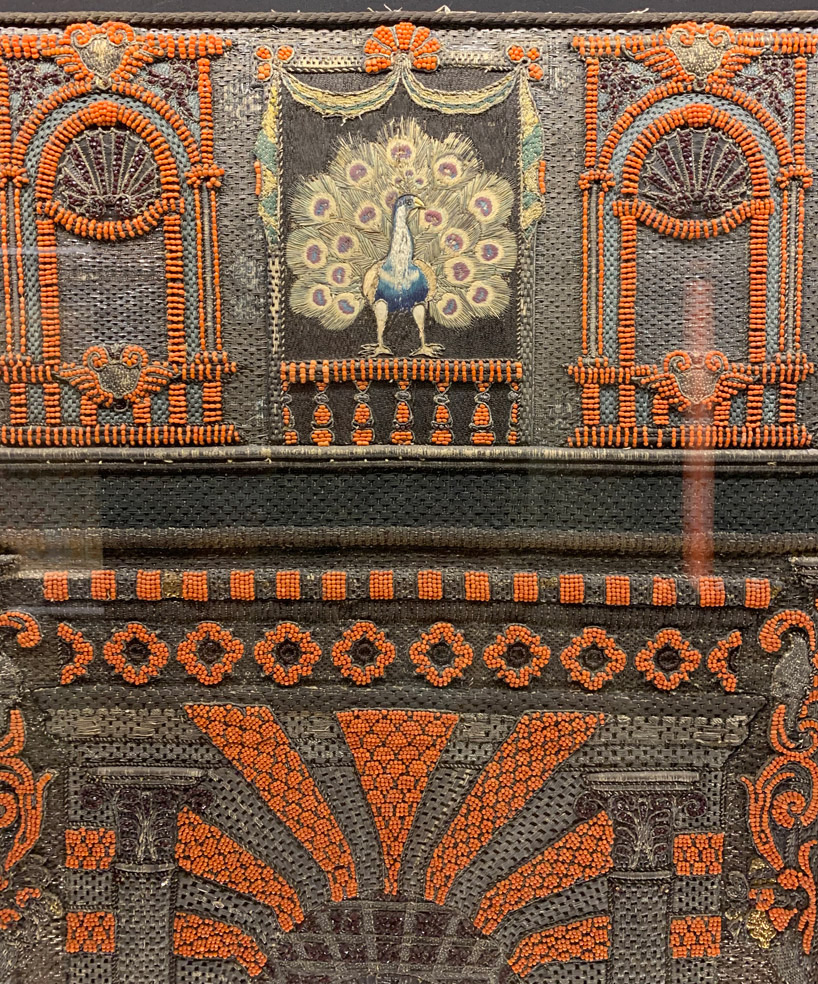
detail of movable frontal by craftsmen from messina, 1653
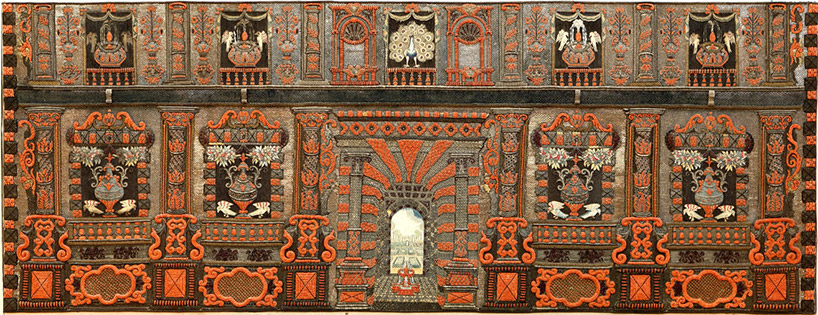
movable frontal by craftsmen from messina, 1653
a ‘paliotto’, due to its central location in direct contact with the altar, represents the most immediate and direct means of communication — the sacred theatre of liturgical celebration.
the materials of which the ‘paliotto’ is usually made of are the most noble natural elements — linen, silk, silver, gold, coral, precious stones — to celebrate the beauty of creation. the needlework of the decorations is mainly ascribed to the workers of the embroiderers, organized in sicily as a corporation since 1502 — sometimes also practical and expert religious men and women, by tradition and family and clerical experience, in these extremely complicated techniques, but almost innate in the slow times of cloistered life, in dialogue with architects and experts in the figurative arts.
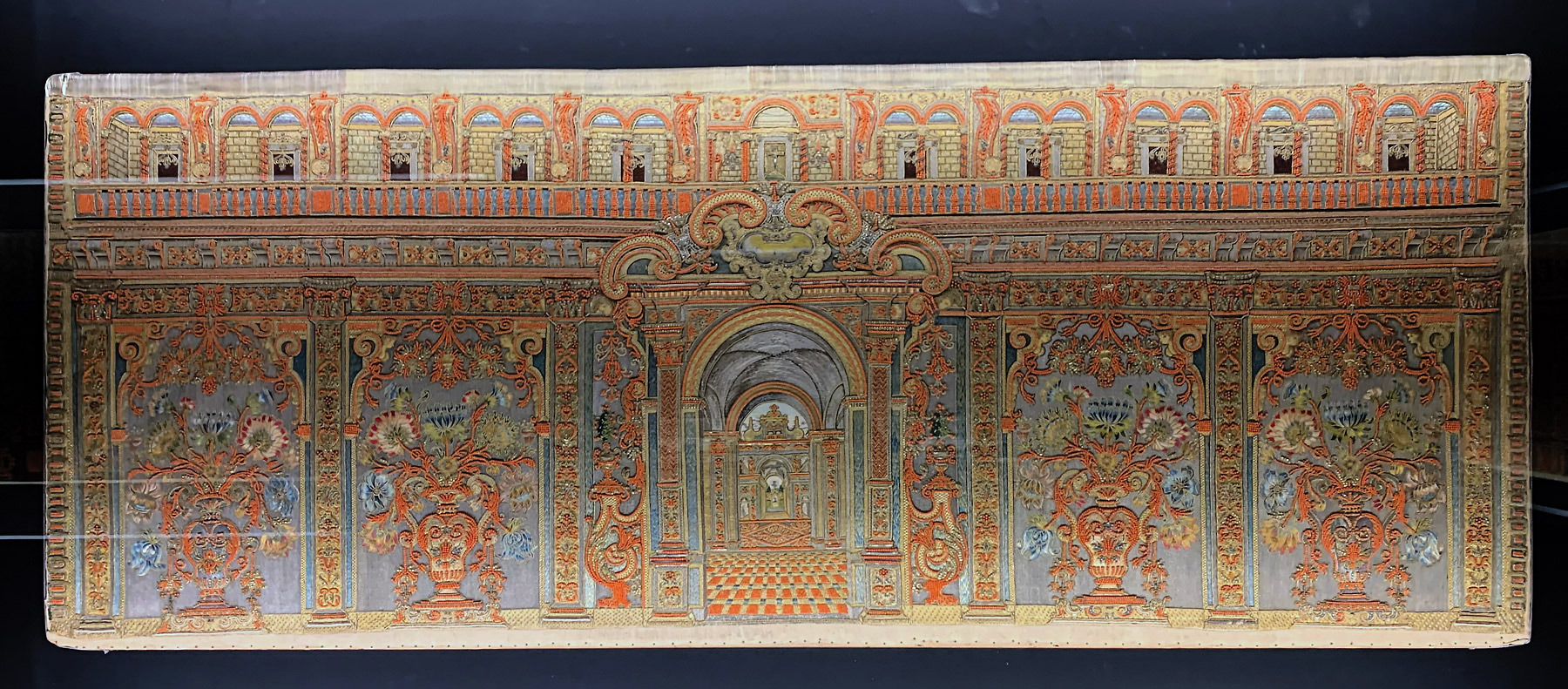
architectures of the sublime
during the affirmation of the baroque style in sicily, architectural subjects were introduced. the iconography that characterizes them is centered on the representation of porticos, belvederes, façades of buildings, pergolas that rise in luxurious gardens or urban spaces, labor settings, and naturalistic views — always in central perspectives. in the gold and coral embroideries of architectural themes, we also find the usual motifs of textile decoration (amphora, flowers, birds) whose vivacity tempers the regularity of the architectural party.
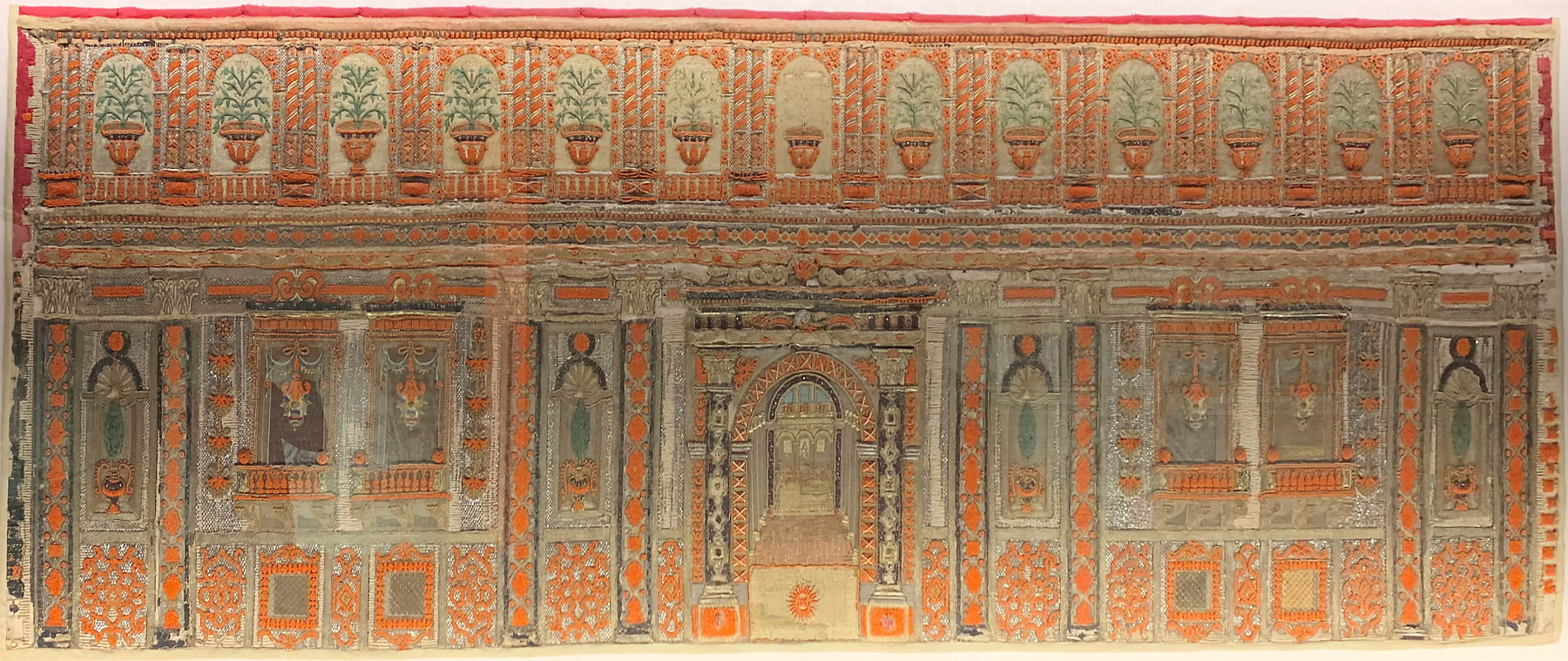
the chromatic symbolism of warm colors is particularly strong in the 17th century, a period in which the philosophy of color attributed gold with the meaning of pure, uncontaminated light as a metaphor for the essence of the divine. the constant presence of red coral, together with gold and silver, not only responds to the baroque aesthetic, but also finds an explanation in the sacred meaning given to it.
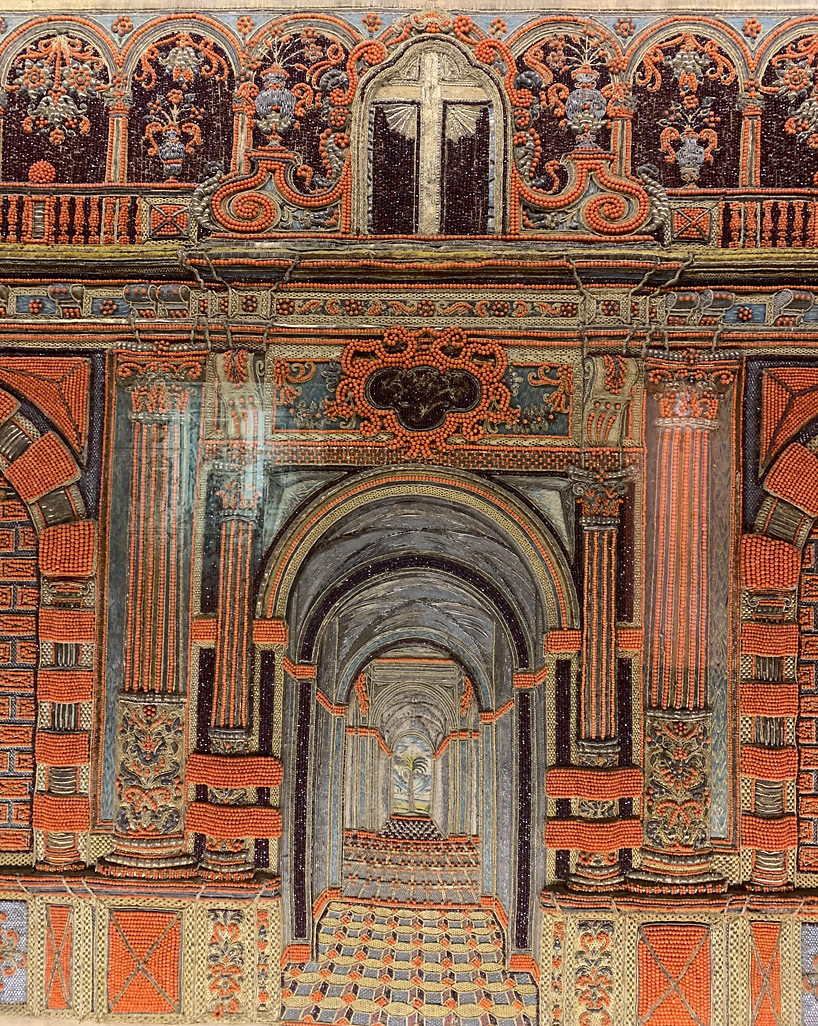
detail of perspective, movable frontal by craftsmen from messina, end of 17th century
the quality of the coral that was obtained from the seas of sicily ranged from the ‘white marble of messina’ to the ‘black ebony of palermo’, to the ‘vivid red sciacca’. the obvious connection between the red color of coral and martyrdom and the blood of christ justified its massive use.
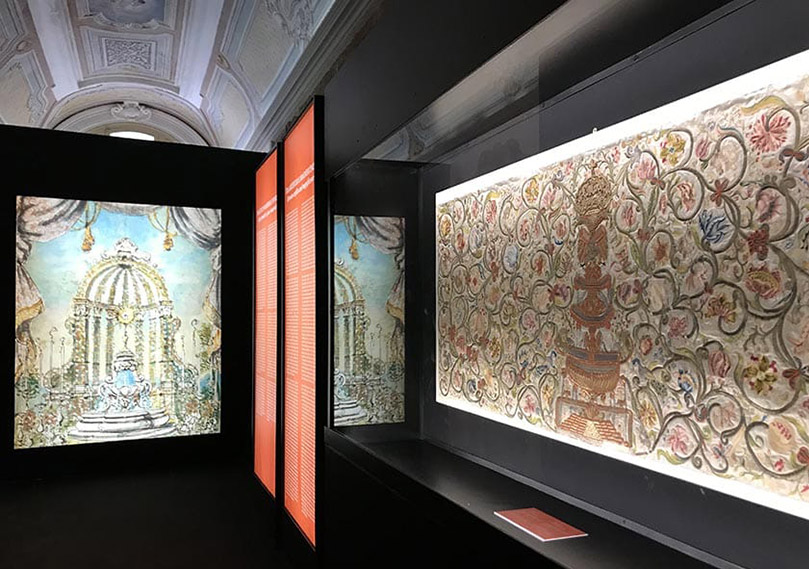
exhibition view
the exhibition at the MUDIPA is divided by various themes, such as elements of architecture, the architectural facade, the portico, interior scenes, townscapes… the displays and walls are covered entirely in black to limit light reflection, and to enable visitors to perceive the most minute definition of detail.
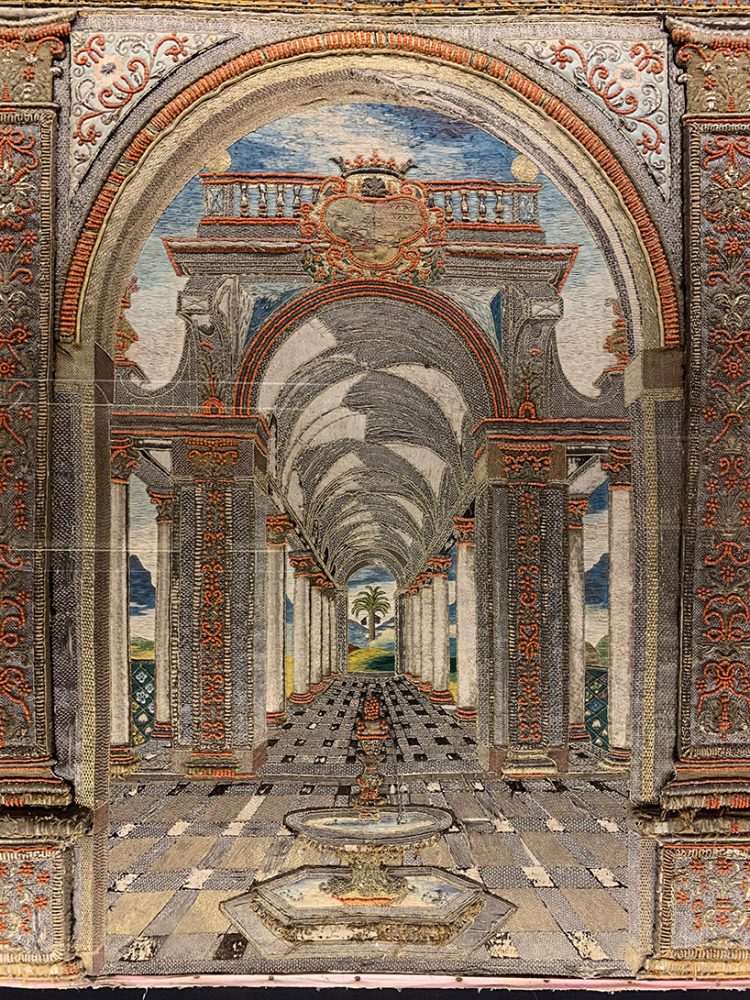
fountain
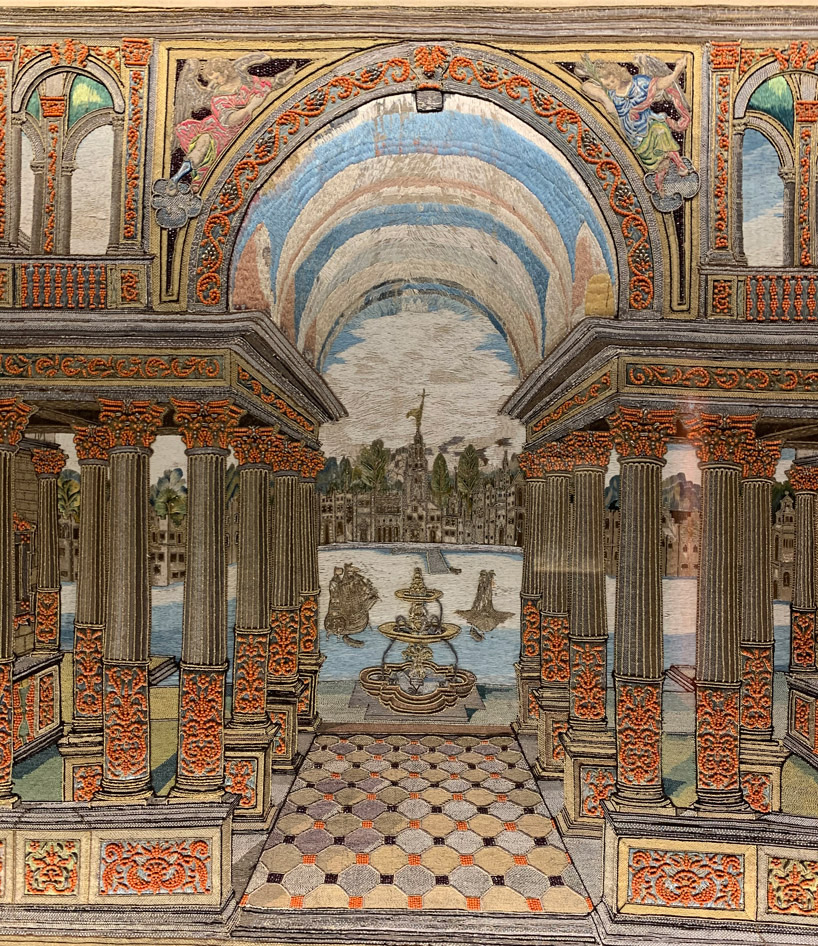
fountain
the most spectacular ones are the portable types — the especially complex compositions, the adoption of stylistic and iconographic elements, the theatrical language of some of these examples, make it clear that these were the projects of architects. these frontals are the sublimation of architecture into the ‘useless’ decoration of divine thoughts.
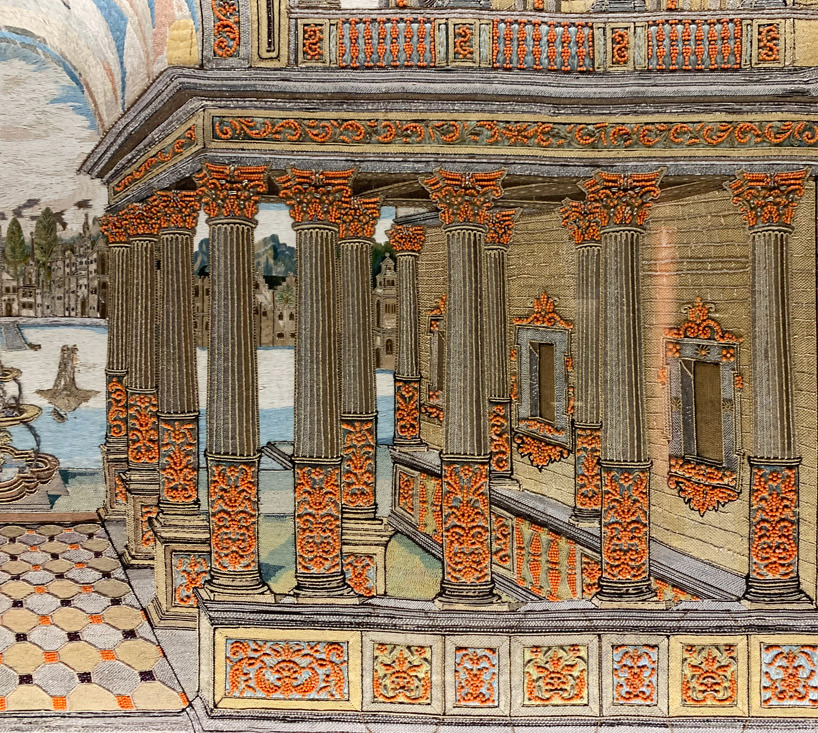
the column

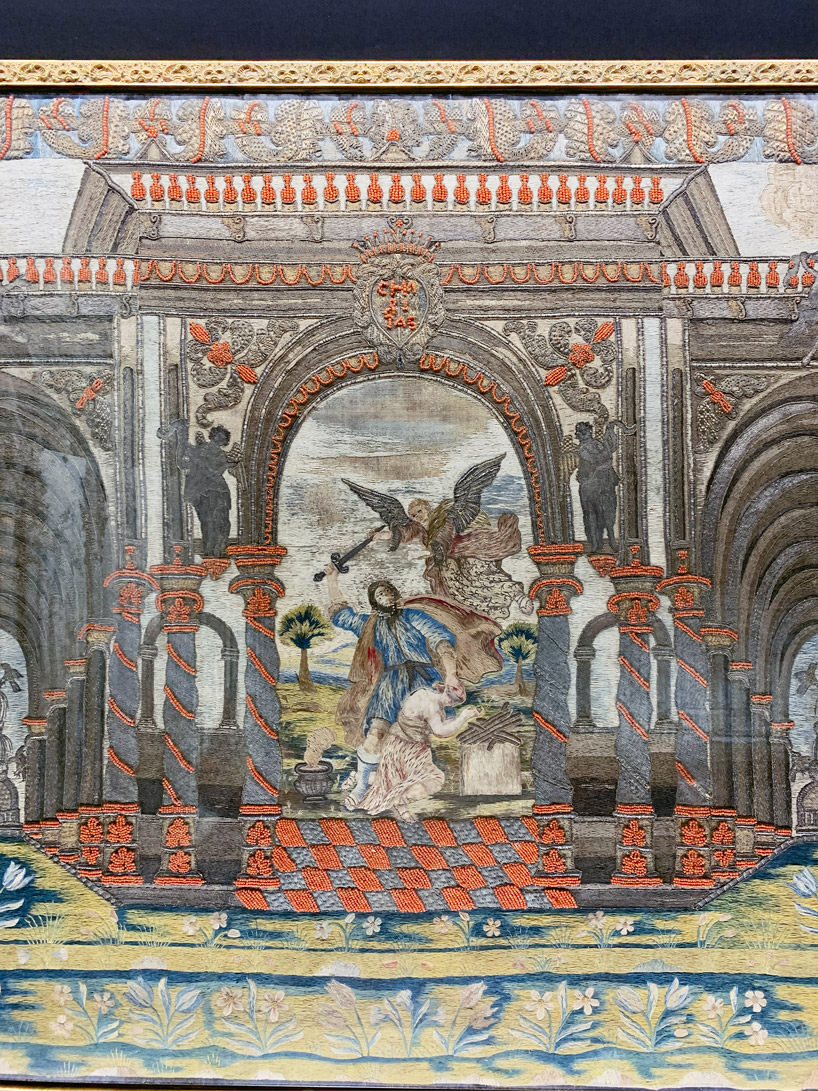
stairs, columns, perspective
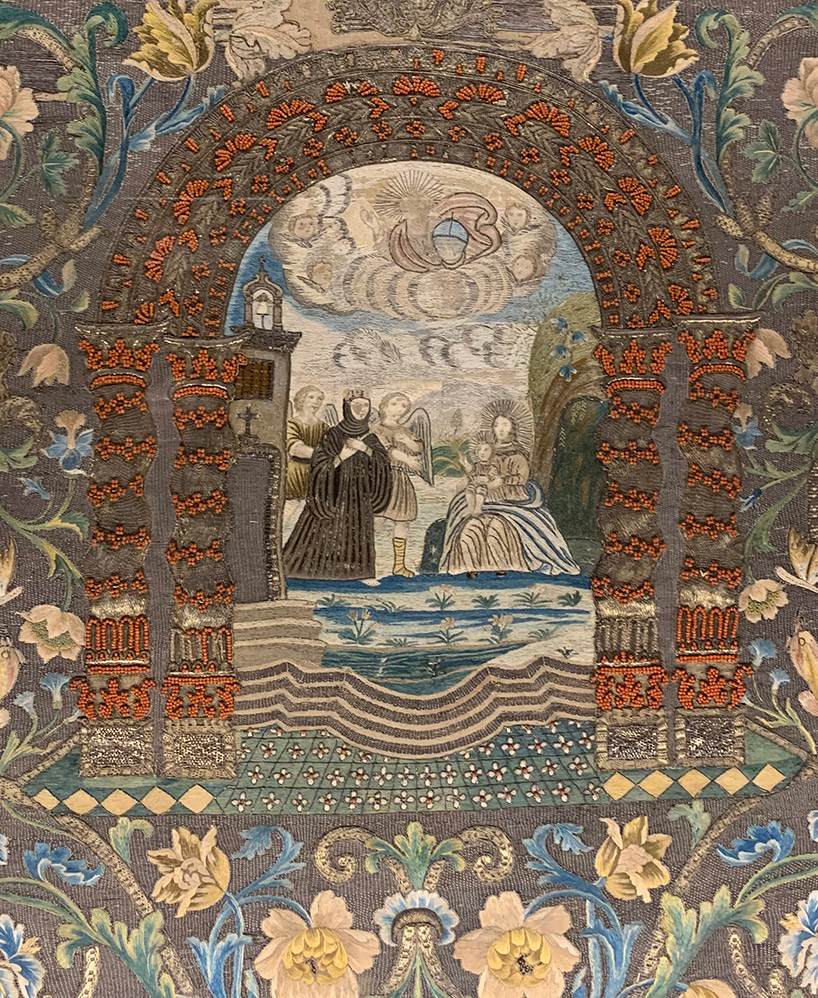
stairs, columns
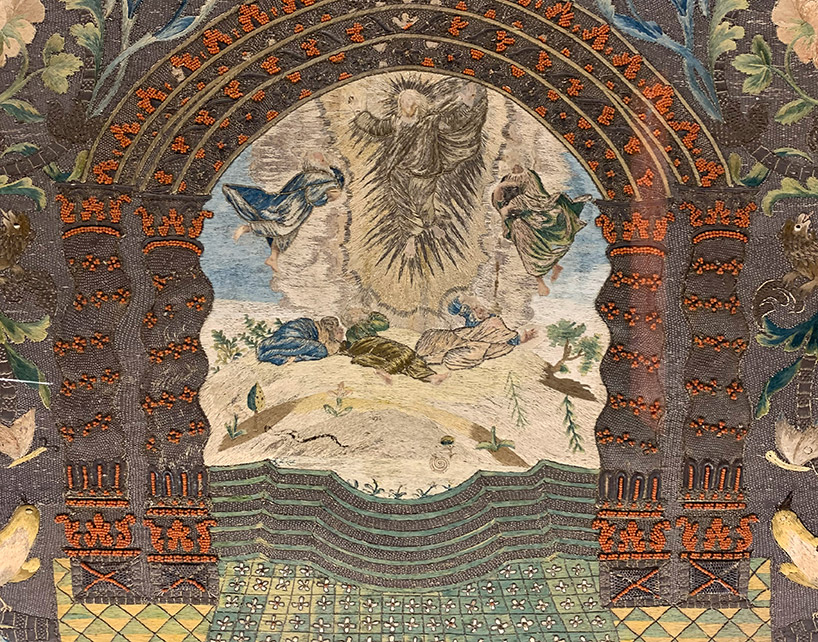
stairs, columns
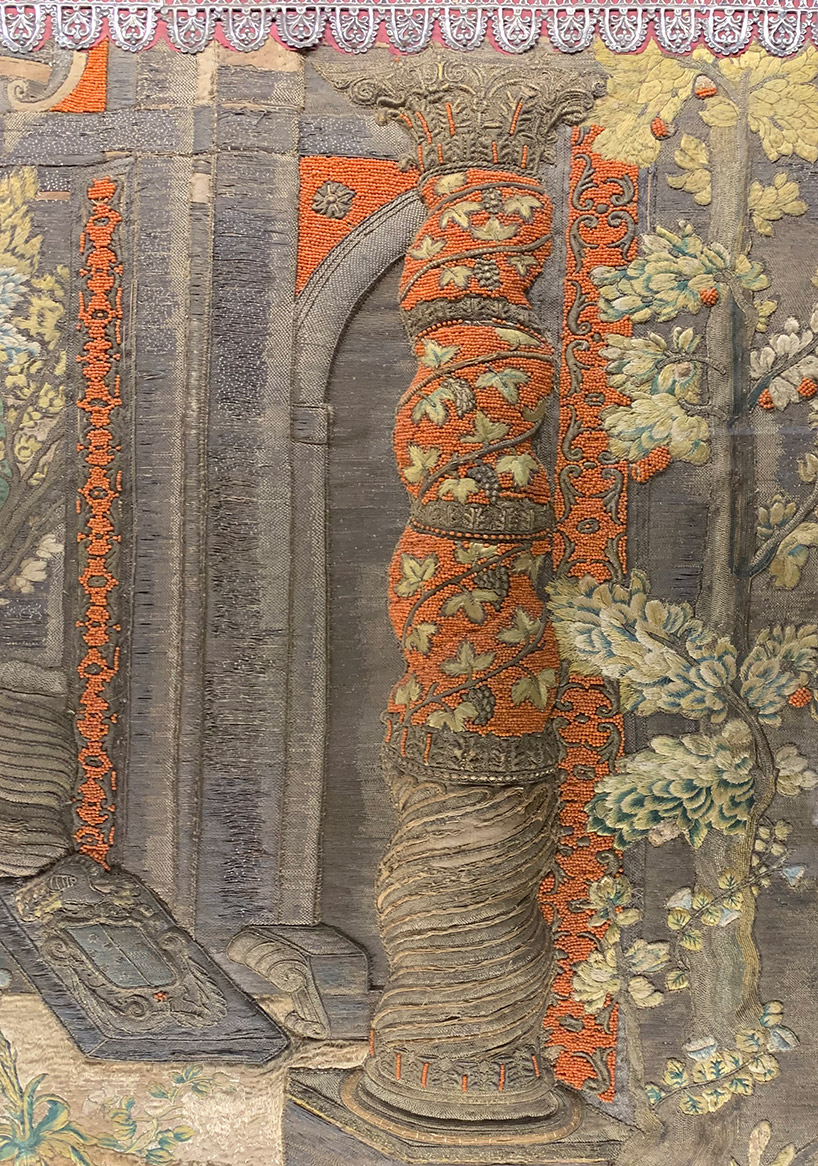
the column
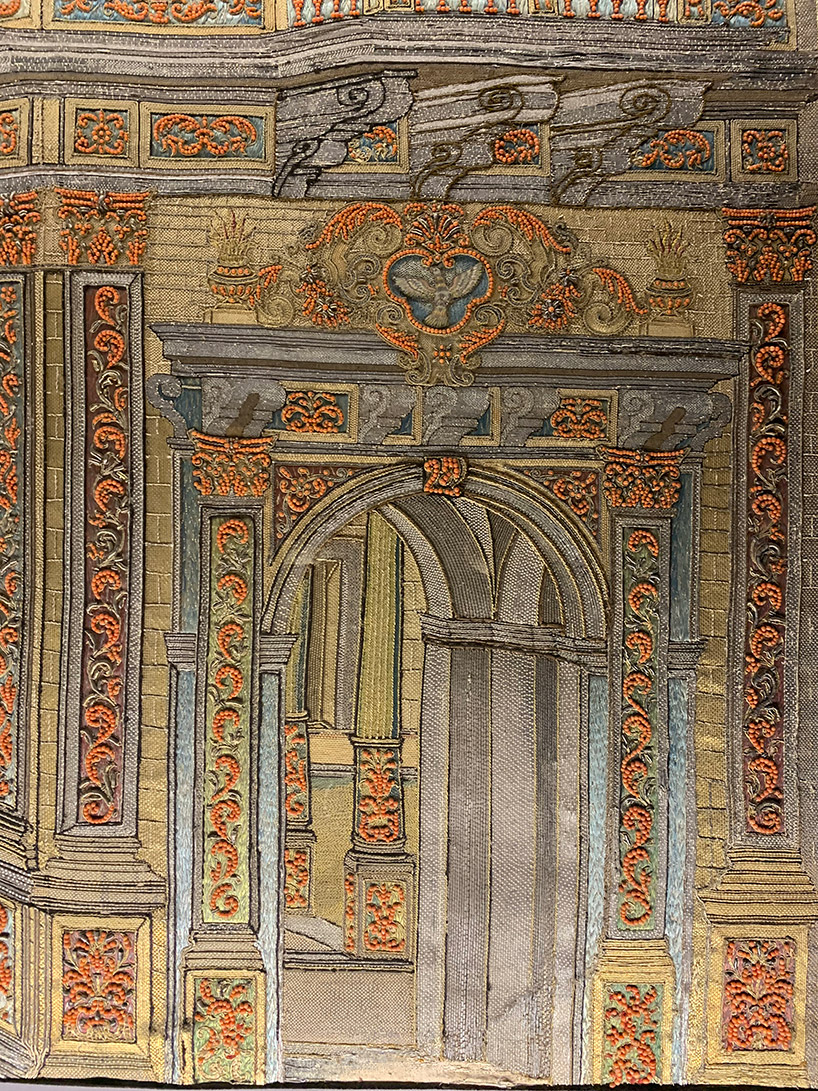
the portal
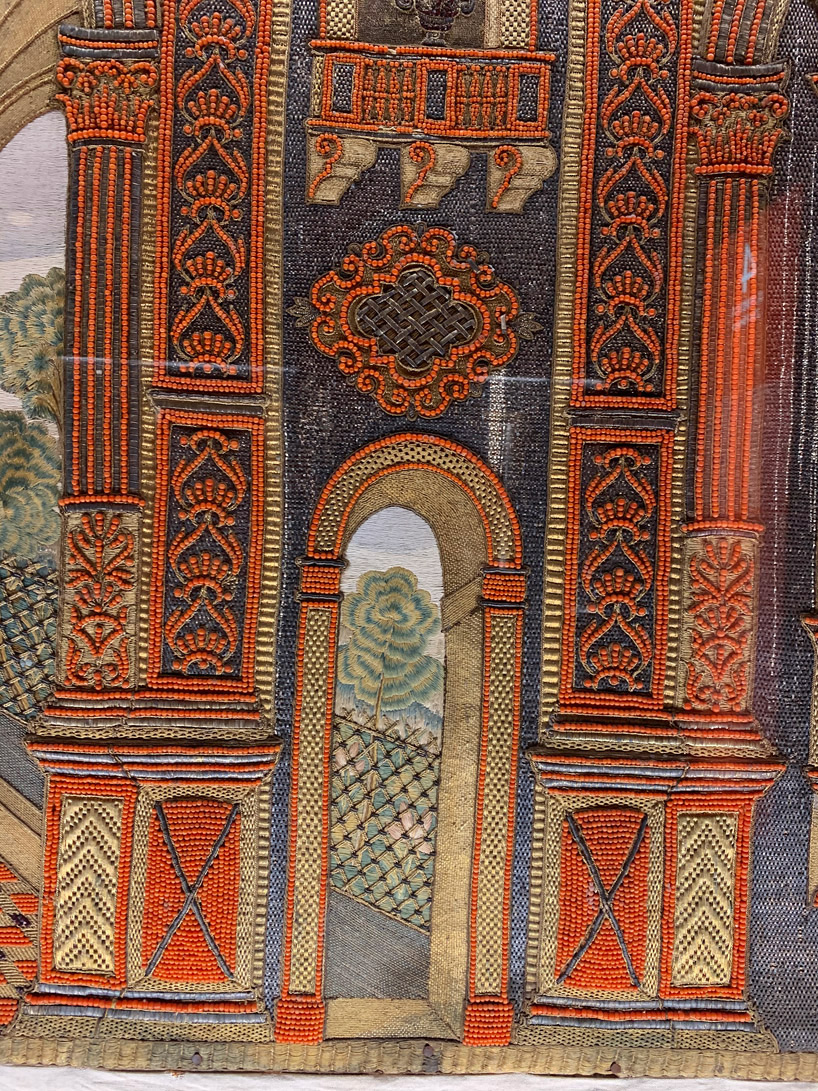
attention to the smallest details, portal, balcony, garden view…

